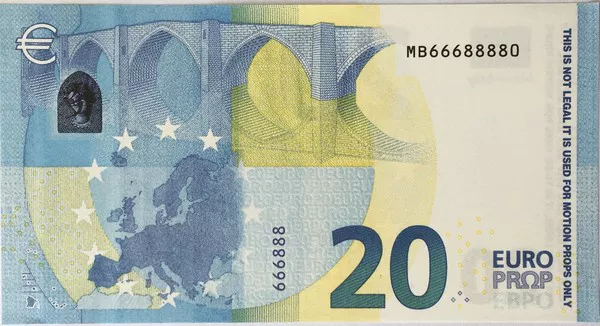Inside TRADES CALLS EXCHANGE TRADES AGAIN, POINT TO ALL SUPPLY AND DEMAND SIDE IS CONCENTRATED IN THE EXCHANGE UNDERTAKES THE TRADE THAT BID PRICE TRADES MEANS.
This way of trading has the characteristics that the exchange collects the margin from the trading participants and is responsible for clearing and performance guarantee at the same time.
All traders are concentrated in one place, which increases the density of trading and generally results in a highly liquid market.
Over-the-counter trading is a general term for all kinds of trading activities that take place outside an exchange, called “over-the-counter trading” or “over-the-counter trading”.
In this way, there is no fixed opening and closing time, and no specific trading place. The two parties do not have to deal face to face, but only contact and contact each other by telex, telegraph, telephone and other communication equipment to reach a deal through negotiation.
The OTC transactions of the industry mainly include spot foreign exchange trading and spot foreign exchange margin trading.
The credit base is different.
Can provide both on trading, trading venues and infrastructure, and in exchange for foreign exchange transactions are standardized contracts has been designated by the exchange, the exchange is also responsible for monitoring for the implementation of the contract and the settlement and settlement after the expiration of contract, so the exchange or bear the credit risk of foreign exchange trading center.
But in the OTC market, there is no such role as an exchange to maintain the smooth and orderly trading. The OTC trading parties are based on the trust of each other and each bears the credit risk of the other.
The difference in products traded.
Exchange-traded foreign exchange contracts are standardized, mainly traded on products such as the Chicago Board Options Exchange and the Philadelphia Stock Exchange.
Generally speaking, except for the products traded on the floor, all other transactions are considered as over-the-counter, such as trading and foreign exchange spot margin trading. Common OTC markets include IFX, CMC, European and American retail dealers, etc.
It is worth noting that there are also some products that can be traded both on the floor and over the counter, such as ETFs, which are organized by financial institutions and provide investors with two ways of trading, both on the primary market and on the secondary exchange market.
The price formation mechanism is different.
In floor trading, the prices of both parties are matched by the exchange. The process is transparent and open, which can also improve the trading efficiency and market liquidity in the floor market.
But for the OTC transaction, the price is negotiated by the two parties, and the process completely depends on the game between the two parties, and the price is often not transparent.
In the OTC market, there are also dealers to match clients to trade in their own platforms, but at the same time, there are also dealers using their own funds to bet against traders. In this case, the betting platform is the house, and there is always a certain space for manipulation.
Liquidation arrangements are different.
Floor trading is centrally cleared by an exchange or corresponding clearing house, while OTC trading is settled by the parties themselves.
It can be seen that trading in the exchange market is more able to guarantee the normal settlement and clearing of transactions, while the degree of protection in the OTC market is lower.
Otc traders also tend to be financially strong and trade large, while small investors generally only trade on the floor.
At the rate of the transaction, and manners of entrust, exchanges and otc also there are many differences, based on the market and otc market have their unique advantages, but in the context of the current foreign exchange market, product variety and size, the otc market is still the main market for derivatives trading, and far more than on size is produced in the market.



























